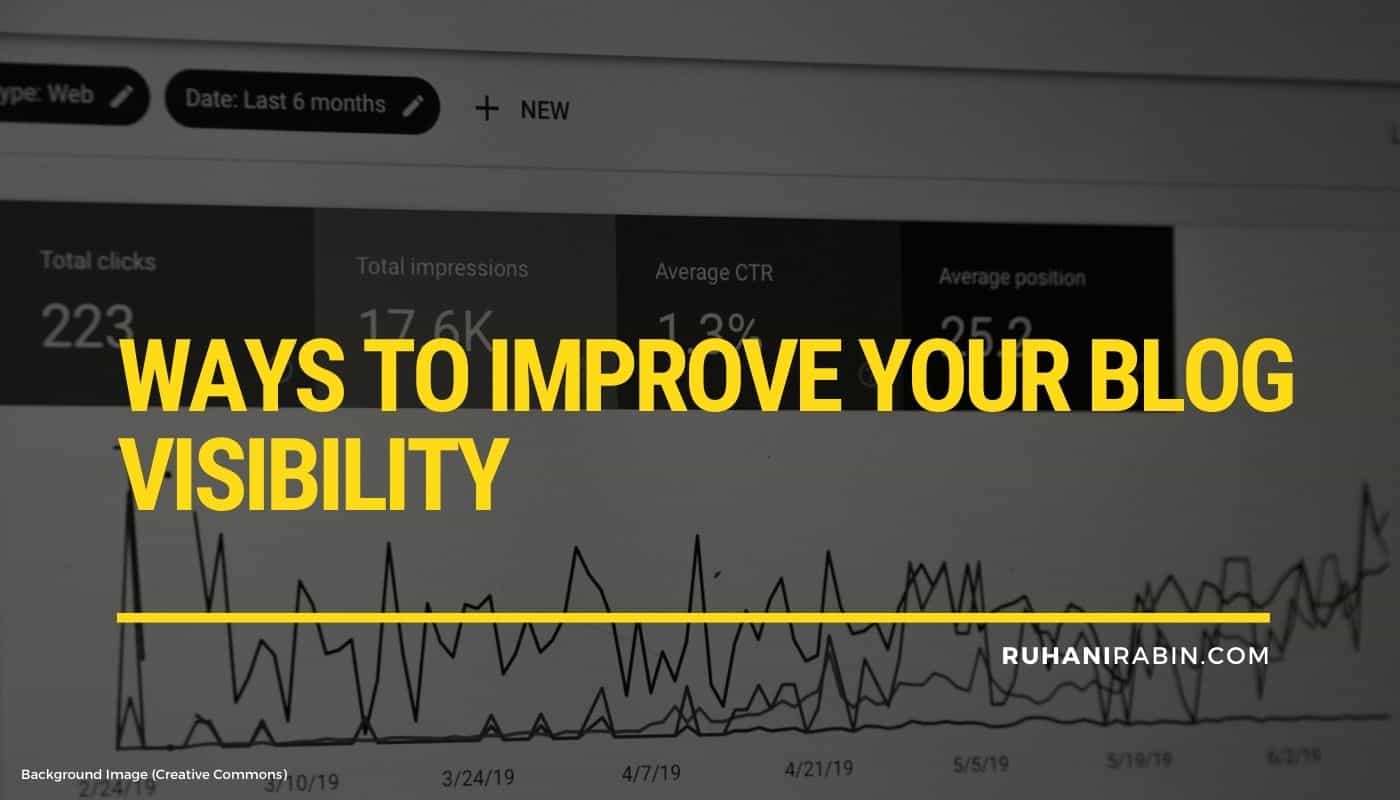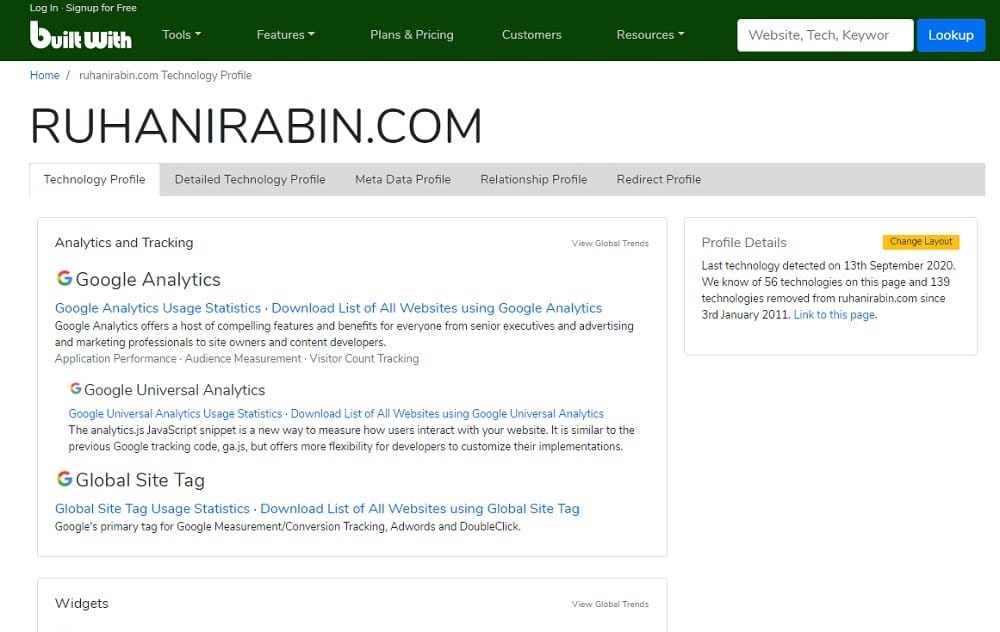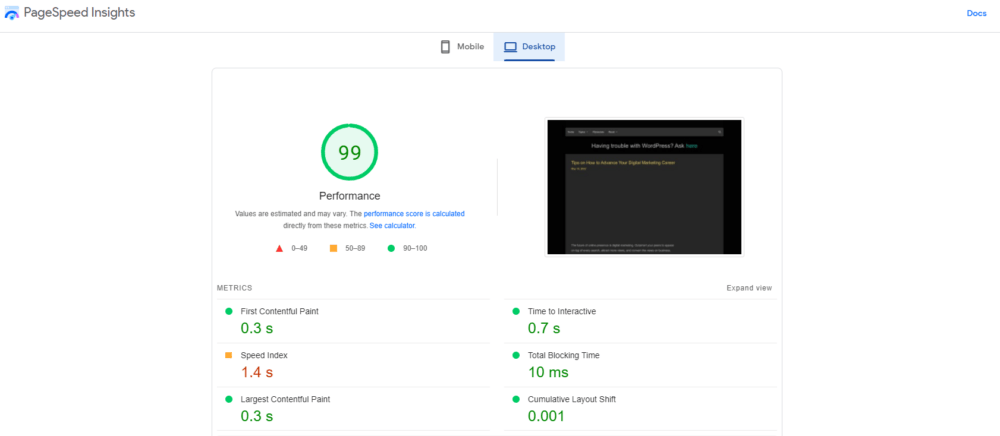6 Ways to Improve Your Blog Visibility
Today we’re going to examine some ways of improving your blog visibility, especially where the search is concerned

The world population is growing, but so too are the number of websites coming online. Today, it can be much more challenging to get your blog seen than ever before. There are, however, steps you can take to improve your blog visibility.
Chief among all, the most preferred way of increasing blog visibility is to rely on Search Engine Optimization (SEO) to compete in ranking on search engines. This method is organic and will build a much more commercially viable audience than most other marketing methods.
Today we’re going to examine some ways of improving your blog visibility, especially where the search is concerned.
Get the Best Updates on SaaS, Tech, and AI
1. Competitor Analysis
I’ve put this as their first point so that most of you will come to realize that your blog is not an island. Despite it being under your control, you need to consider everything you do on your blog in context with the rest of the web – specifically, what your competitors are doing.
Because of that, it is generally a good idea to carry out competitor analysis once in a while. This generally is split into two portions – technical analysis and content analysis.
Technical Analysis

This is the most straightforward portion to handle. All you need is to use the BuiltWith tool and enter the URL of competing websites. It will show you the various technologies used by the site. If you see many other sites utilizing things you aren’t – SEO plugins, for example – you may want to consider that.
Aside from web technologies, alternatives like the WHSR Tool can also detect information about a website infrastructure, including nameservers, the hosting provider, or even the server location.
Of course, you don’t have to follow everything the competition uses. This strategy, however, will help keep you abreast of developments on other sites and maybe help you consider something you may not have before.
Visual Analysis
Looking at competing websites can give you a better idea of using various elements, for example, where call-to-actions are placed or where they use unique content such as infographics. You can also take note of the site’s navigation structure – where they put the important content.
2. Performance Optimization

How quickly your blog can respond and display itself to users is a factor in your search ranking. Google has set out guidelines that websites should follow when it comes to performance.
For this, ideally, you should go back to Google to see what it thinks of your blog performance. It has an excellent performance assessment utility called PageSpeed Insights that will let you know what areas your site needs to improve on, performance-wise.
Where performance improvement is concerned, you need to take a progressive approach. Make modifications step by step so you can observe if they have the desired effect. If not, you can roll back what you’ve done more efficiently.
3. Improve Content Quality
This is perhaps the biggest part of what you can do to improve your blog visibility. Too many times I’ve seen blogs focus on building quantity in content, but lagging too far behind in quality. Because of this, they often get left behind in search rankings.
Although Google’s requirements for the content to be considered of good quality have changed a bit over the years, it remains consistent in theory. You need to offer content that displays your Expertise, is Authoritative, and Trustworthy.
The first two are relatively simple. What Google wants to do is match people who use their search engine to content that is useful to them. Your content should be long enough to cover a topic comprehensively and be written and structured in such a way that it is easy for readers to digest.
Whenever possible, try to focus on the building of evergreen content. These articles have a longer shelf life than new type pieces and, ultimately, will provide value to your readers for a long time to come. Just remember to keep them updated and refreshed every once in a while.
For trustworthiness, we’ll put that under my next point, which is Building Links.
4. Link Building
Earlier I mentioned that your blog isn’t an island, and this also means that you need to have a relationship with the rest of the Internet. Google looks at your links (both incoming and outgoing) to assess how trustworthy your site is.
This works on a reputational basis. If you link or are linked to sites that are trustworthy, then your site too will generally be deemed as trustworthy. It’s the same principle as birds of a feather flocking together.
Look towards link building with reputable sites. In many cases, site owners are willing to exchange links with similar sites to build their reputations together. If all else fails, offer to write guest posts for other blogs, and many will allow you to share links in those articles – prudently, of course.
At the same time, you also need to look towards internal links, and these help Google better understand how your site is structured to offer more accurate results to its users.
5. Be Mobile Friendly
Much of the world is digitizing, and a large part of that is due to the explosion in connected mobile devices. Google understands this, and it wants your blog to be mobile-ready. More than half of the web traffic generated today has been on mobile devices.
Depending on how your blog was built, becoming mobile-friendly can be easy or hard. If you’re using a Content Management System (CMS) like WordPress for blogging, there are many things you can do to help increase mobile responsiveness.
As an example of this, you can use the AMP plugin from Google to help make your content more mobile-friendly. At the same time, your site can leverage a responsive theme that will adapt itself to different screen sizes.
Naturally, you also have to take into account your images. These should be optimized to be as lightweight as possible for the best performance on mobile devices.
6. Leverage on Keywords

Just because it’s your blog doesn’t mean you don’t have to fit a target market. Do some keyword research before crafting your content so that it meets market demand. Tools like ahrefs Keyword Explorer can help you do keyword research more accurately but do come at a price.
If you’re on a budget, use Google’s own keyword tool to give you some ideas about what people are searching for – then try to meet those needs.
Conclusion
Having your blog ranked well on search is the ultimate visibility. It might sound very technical and hard to achieve, but it is a great deal of common sense if you think about it. If you manage to build your site and content in a way that genuinely aims to help readers and give them a pleasant Internet experience, you should have no problems.
Of course, achieving it is easier said than done. Keep your readers firmly in mind, though, and half the battle will be won.
Jason Chow is a digital marketer and WordPress fan. He has been working with internet marketing for more than 5 years and loves to connect with like-minded bloggers, website owners, and even entrepreneurs. He is currently associated with WebRevenue.io.
FTC Disclosure: The pages you visit may have external affiliate links that may result in me getting a commission if you decide to buy the mentioned product. It gives a little encouragement to a smaller content creator like myself.


